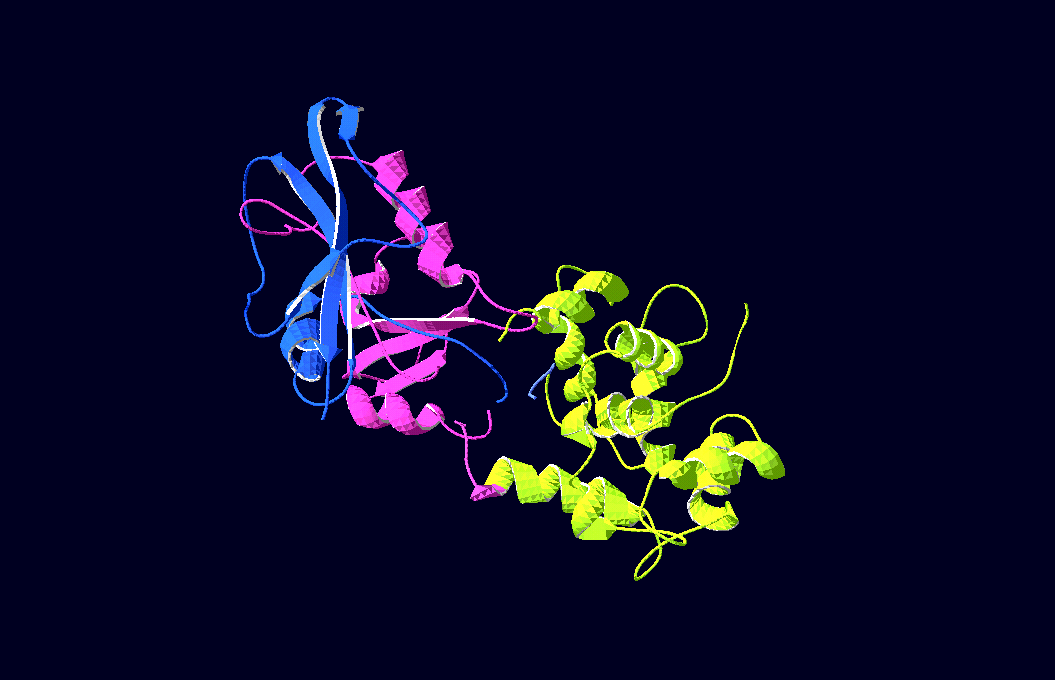Freiburg07/report Ca sensor
From 2007.igem.org
Contents |
A single-protein calcium ion sensor mediating cell survival
iGEM team Freiburg
Introduction
Split enzymes:
Some enzymes can be divided into two separate parts that won´t show any activity until both parts are physically brought together again;
this circumstance allows enzyme-activity-assays.
As those assays were already being used in our lab before, we could access plasmids containing enzyme-halfs of beta-lactamase and Dihydrofolatereductase (DHFR).
The idea:
Was to attach those enzyme-halfs to several trigger-proteins (here: calmoduline, which provides a strong conformational change upon binding calcine)
by cloning each one of the enzyme-halfs and the trigger-protein together in one plasmid.
This plasmid would then contain the code for the whole "protein-machinery", allowing in vivo-tests as well as expression and purification of the engineered protein, an on/off-switchable enzyme.
Results
Plasmids:
We gained plasmids containing both parts of DHFR linked to calmoduline by 2/4/6 glycins;
in-vivo-growth tests showed the best activity for 4-glycine linkers; thus we decided to proceed
with this linker-length.
In-Vivo-Analysis:
As DHFR is essential for bacterial growth in minimal media with trimethioprim (TMP),
we could show that the ability of E.colis with our plasmid to grow is directly dependant on the presence -and, furthermore, concentration- of calcine-ions (Ca2+)in the media:

